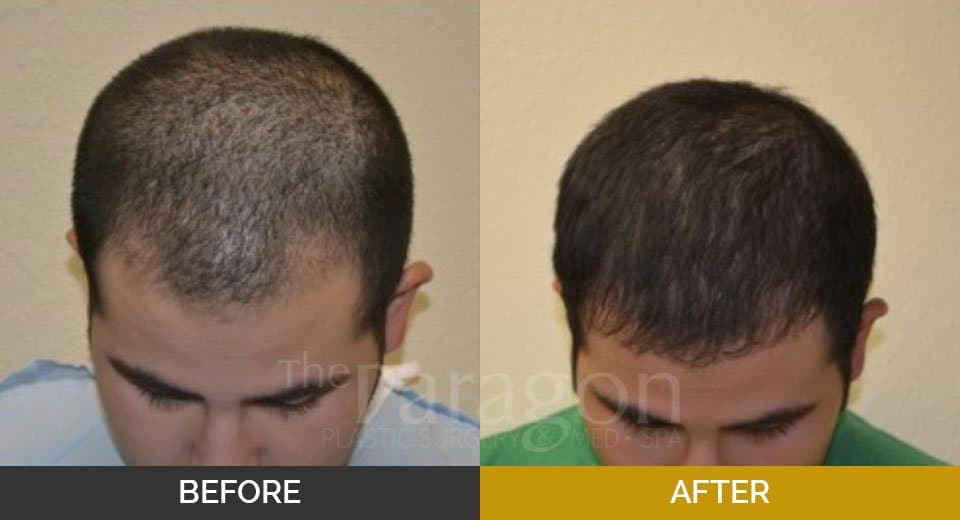There are two common ways to treat balding including strip harvesting and follicular unit extraction (FUE). Strip harvesting is the most commonly used technique right now, and it is an efficient means of harvesting large quantities of follicles.
However, I have stopped offering it as a primary modality for a number of reasons, including patient recovery time and wound morbidity. It took me six months of training to fully learn FUE.
Benefits of ARTAS System
Robotic technology is used in numerous surgical and diagnostic procedures to improve the efficacy of treatments. Restoration Robotics has incorporated robotic technology into FUE resulting in the ARTAS system which is the first and only FDA-cleared technology that allows the physician to control the image-guided robot. I am able to make minor adjustments to dissection depths and angles during the extraction process ensuring my patients receive optimal results.
The ARTAS system also greatly reduces post procedure pain or disomfort as compared to strip-harvesting where patients report a sense of tightness and some degree of numbness for two to three months after a strip harvest.
How the Procedure Works
The patient’s hair is first trimmed before the ARTAS system digitally scans areas of the scalp to identify hair in natural groupings. The selected hair is then precisely harvested using the robot and then transplanted into the thinning areas. These grafts will then grow just like they did before the areas where they are needed to fight balding.
Results will start to show in 3 months and by the 6th month, patients can expect to see noticeable improvements. The hair will continue to grow and full results will be achieved a year after the treatment.
The ARTAS Robotic Hair Transplantation procedure is preferred because of its minimally invasive nature and no need for anesthesia or downtime. This procedure is designed to produce effective results with minimal downtime and no damage to surrounding hair follicles. I will help you determine how to achieve the best possible results. Please contact our office for more information at (817) 473-2120.









